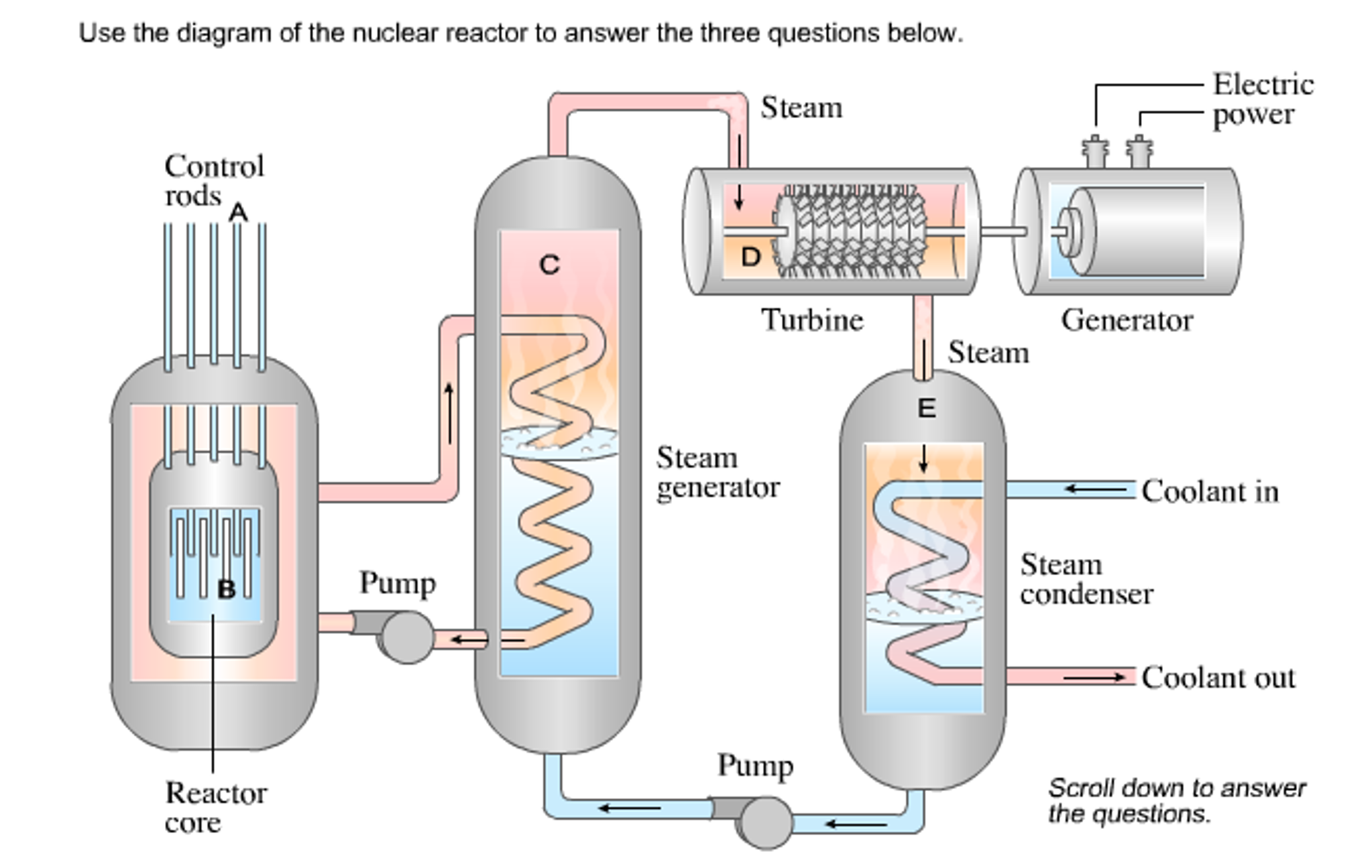


Spacer-band construction (Fig 3), the most common style of impulse diaphragm for many years, remains the industry’s most prevalent design. Damaged diaphragms also can act as a stimulus on downstream buckets leading to their premature failure and consequential damage to the turbine. Plus, the mechanical failure of a diaphragm can cause significant turbine damage. However, improper maintenance and/or repair of diaphragms can have a negative impact on steam-turbine thermodynamic performance. Most are of welded construction to tie all parts together rigidly.īecause they are stationary components, diaphragms often do not receive the same level of attention as rotating blades/buckets. This means stresses on an impulse blade holder (diaphragm) are significantly higher than they are for a reaction blade holder-dictating that impulse stationary-blade holders be axially larger and more robust than reaction ones. Thus, the energy transfer across each stage of an impulse turbine is much greater than it is in a reaction turbine.Īlmost all of the stage-to-stage pressure drop in an impulse turbine occurs across the stationary blades, virtually none across the rotating blades.

Recall that impulse turbines (Fig 2) typically have far fewer stages than an equivalent reaction turbine. The design intent of the nozzle is to optimize both the angle of steam flow and its velocity into the downstream stage of rotating blades to maximize energy conversion.ĭiaphragms are a two-piece assembly consisting of upper and lower halves that are installed in the upper and lower halves of the steam-turbine casing, respectively (Fig 1). Recall that the purpose of the stationary blades in a diaphragm-a/k/a nozzles-is to redirect steam from the exit of one rotating stage of blades into the entrance of the next rotating stage. The intent of this article, written by Moe Fournier and Bryan Grant of Advanced Turbine Support LLC, is to provide users a backgrounder on the different types of steam-turbine diaphragms and their associated repair challenges. To get the most from these meetings, it’s important to know the basics of steam-turbine design, the differences among machines offered by the leading manufacturers, and typical challenges faced by O&M personnel. Diaphragms are a hot topic at most conferences where owner/operators gather to discuss issues with their steam turbines, such as the Steam Turbine and Combined Cycle User Groups operating under the Power Users Group umbrella.


 0 kommentar(er)
0 kommentar(er)
